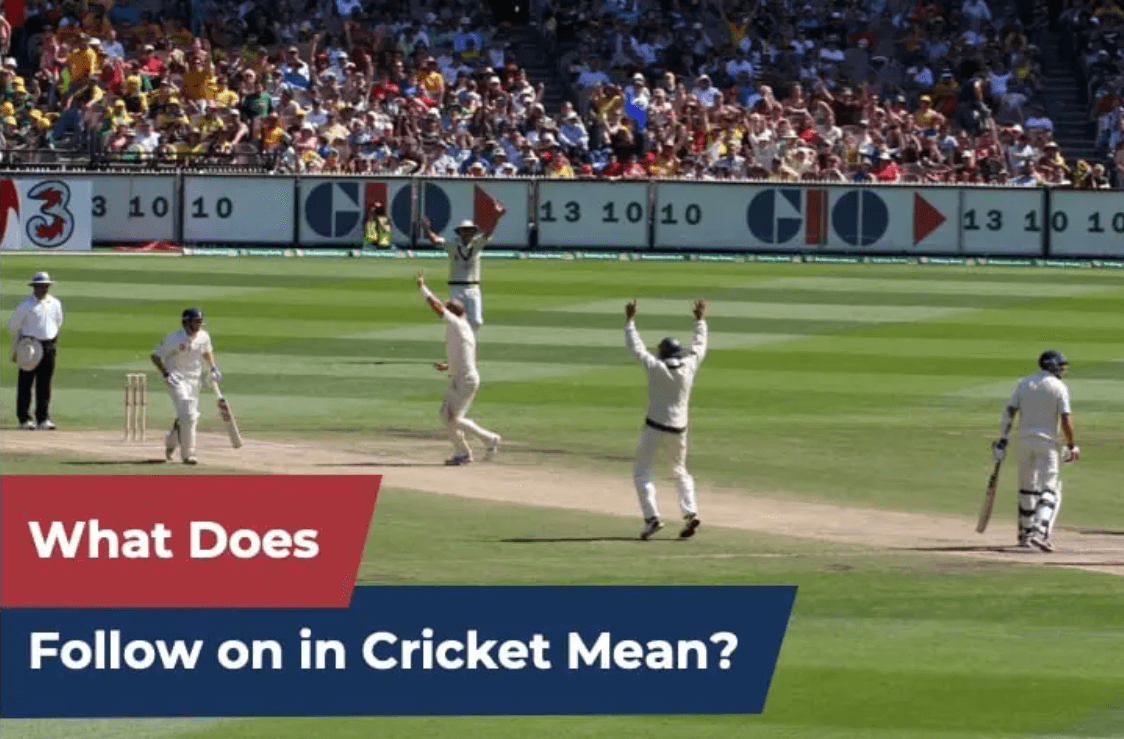

A test cricket match is usually played across three or four days in domestic circuit and across five days in both domestic and international cricket. In this multi-day format of the game, the two competing sides are supposed to bat twice.
In case the team batting first scores restricts the team batting second in a manner that the team batting first has a lead of over 200 runs, then the captain of the team batting first can impose a follow-on on the team batting second. The team batting second then bats for a second time in succession. The goal of this team is to now overcome the trail and take a significant lead that would be the eventual target to chase for the team who batted first. In most cases, this is an uphill task for the team that is followed-on.
If the team that imposed the follow-on is able to restrict the team batting second yet again in their second innings without them taking the lead, then the team batting first is declared the winner.
In international cricket, there have been only four instances when the team on whom the follow-on was imposed, eventually won the match. Additionally, there has been only one instance where a side that did not impose the follow-on eventually won the match. There are many pros and cons of deciding to impose a follow-on.
Pros
The probability that a match will be drawn is significantly reduced if a follow-on is imposed.
The pitch deteriorates as the days progress, making it incredibly difficult for the team who is already trailing to bat on.
Cons
A follow-on can take a toll on the bowling side of the team who has imposed the follow-on. Bowling for two consecutive innings might be physically tiring.
It might be more safe to not impose the follow-on, and extend the lead. If the team that is followed on does manage to post a significant target, then the pressure of the chase might get to the side who imposed the follow-on. Moreover, since this chase is more likely to be on the fourth or fifth day of the match, the bowl can turn more than usual, thereby favouring the spinners.
Follow-on is a tactical decision that the captain makes by considering the score-line, condition of the pitch and the weather forecast.




